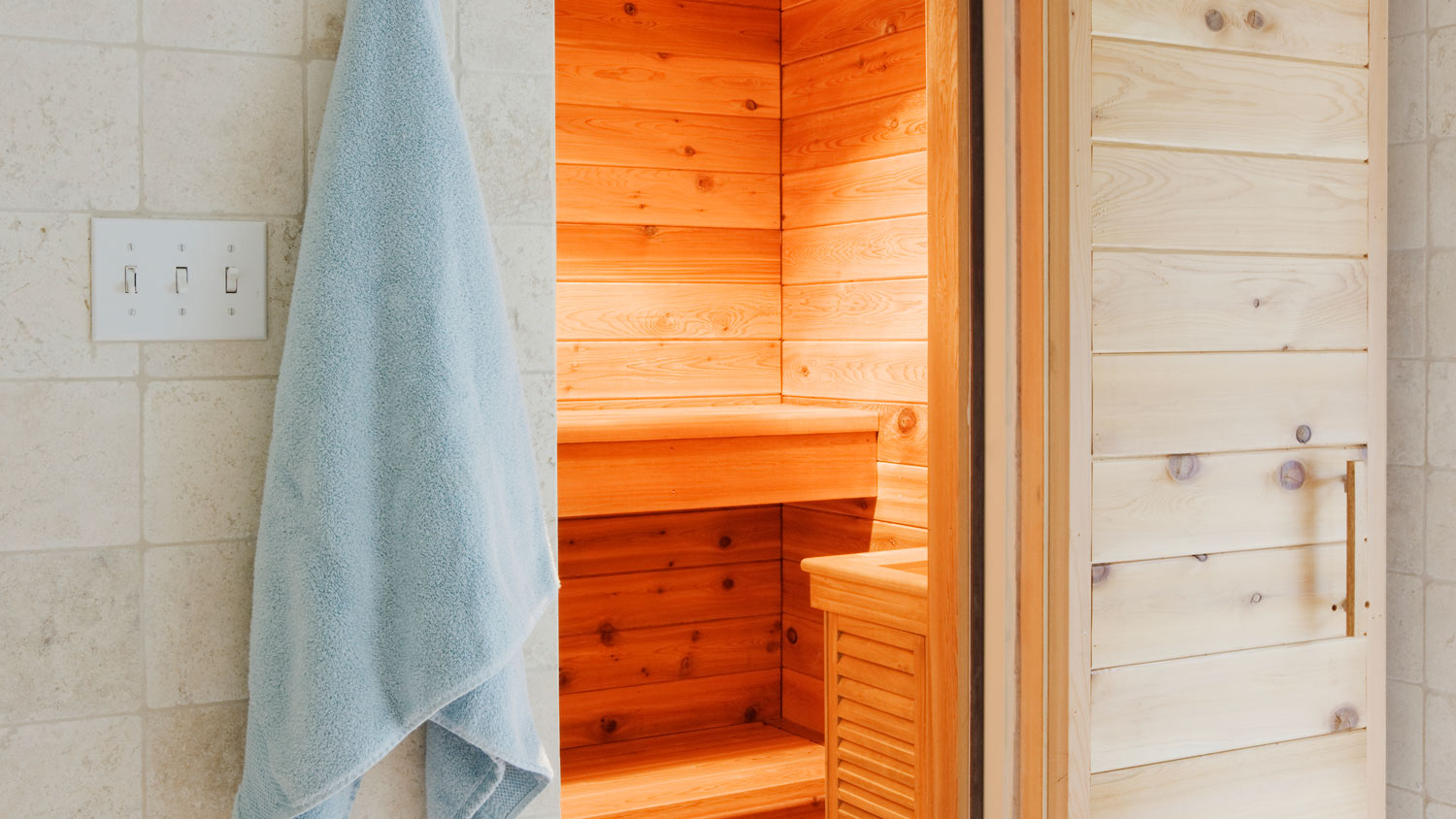
Discover how much installing a steam room costs, including average prices, key cost factors, and tips to save on your steam room installation.
It’s easy to keep your swim spa crystal-clear and running like new


A swim spa is a great outdoor addition for swimmers who want to get their workouts in without taking over the entire backyard. These convenient mini-pools require less upkeep than traditional pools, but you’ll still need to take some swim spa maintenance steps to ensure it’s working well and in great condition for a long time to come. Follow our nine hassle-free tips to get the most out of your swim spa.
Both traditional pools and swim spas use chemical additives to keep the water clean and safe. Every swim spa will have different guidelines for which additives to use, how much to add, and how often you should adjust the levels, so always consult with the manufacturer’s instructions to find out what’s recommended for your swim spa.
Using pH test strips, test the water at least weekly to determine which chemicals you’ll need to add. In general, pH levels should be between 7.4 and 7.6, and chlorine levels should be between 2 and 4 ppm. Verify these numbers with the manufacturer before proceeding.
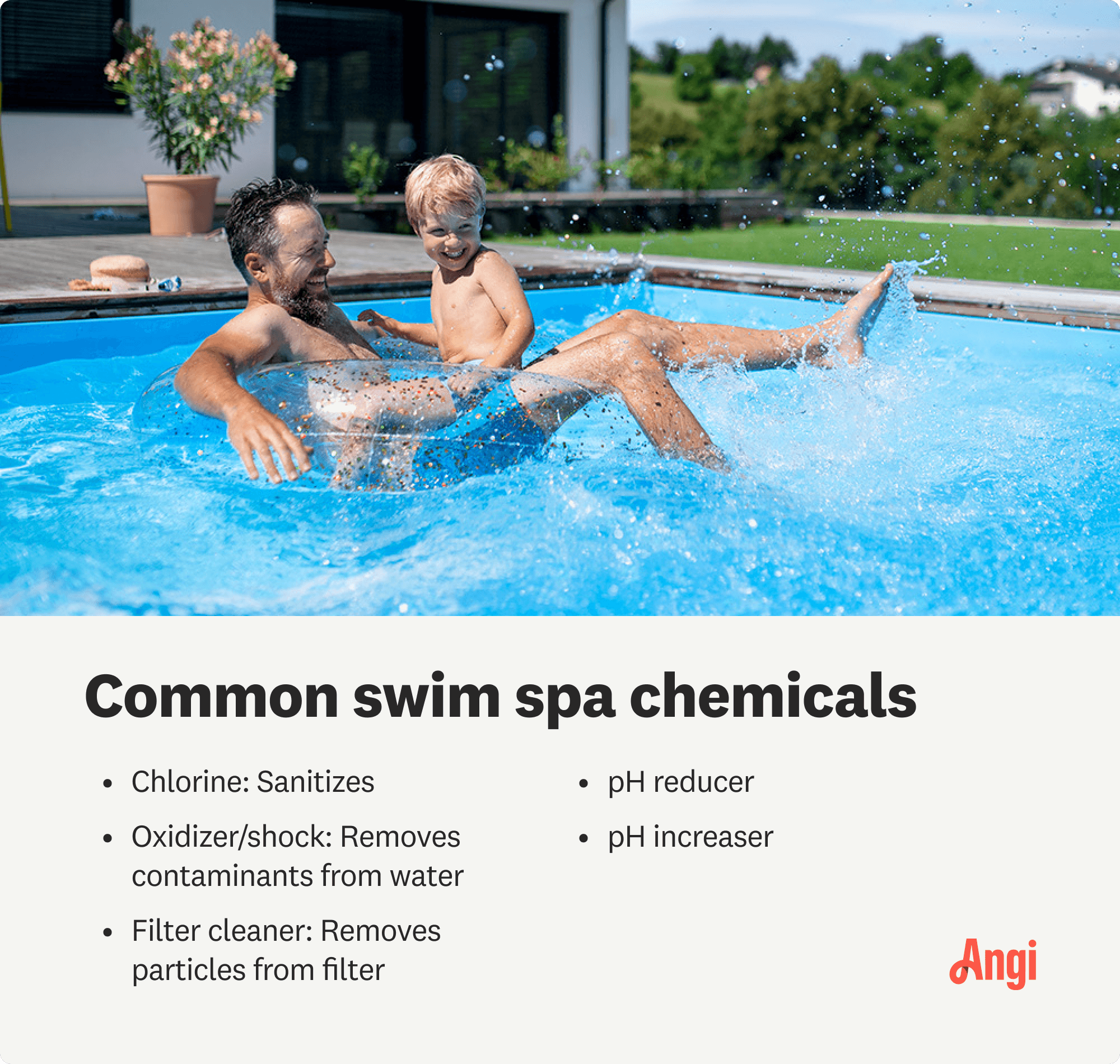
Your swim spa should be fitted with a cover for when it isn’t in use. Keeping the cover on will keep dirt, debris, and critters out of the swim spa, which will help the water stay clear and uncontaminated.
In addition, keeping your swim spa covered when not in use will help keep the temperature and water level consistent. This helps prevent heat loss, reduces heating costs from air-cooled water, and eliminates the need to replace water lost to evaporation.
A clear filter will help your swim spa function more efficiently and extend its life. Your swim spa’s manufacturer will have guidelines for how often you should clean the filter, but a good rule of thumb is to remove it and clean out any debris at least once a month. Filters also need to be replaced periodically, either on a set manufacturer schedule or when the filter is no longer working efficiently.
Dirty, clogged filters will strain your swim spa’s components, potentially leading to costly repairs or replacement, so be sure to stay on top of this quick maintenance task.
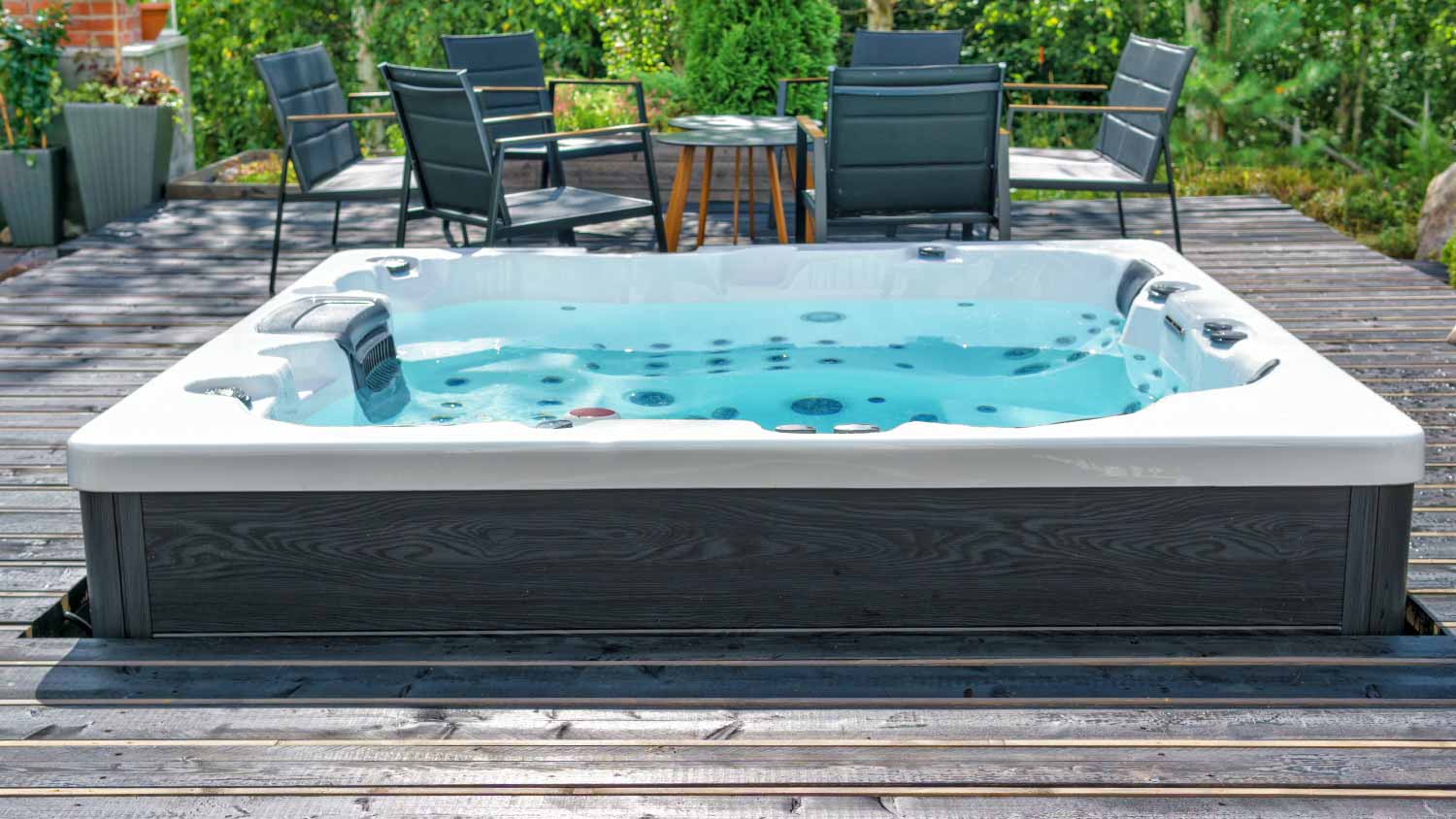
Evaporation, splashing, and other factors can cause the water level in your swim spa to drop, and a water level that’s too low can strain and damage your swim spa’s components. Learn the correct water level for your model and check it regularly to ensure there’s the correct amount of water. If the level has dropped too low, add more water, then test and treat the water to return the pH and chlorine to the appropriate levels.
Even with the correct chemical additives, you’ll need to periodically drain and refill your swim spa. The frequency will vary depending on the specific swim spa, but in general, you’ll want to change the water around twice a year.
How often the swim spa is used, how many people use it, and environmental factors may require you to change the water more often. Some swim spas include a self-cleaning function that will allow you to go longer between water changes. Consult the manufacturer’s instructions to see how often water changes are recommended.
Swim spas are kept at warmer temperatures than traditional pools. You may be tempted to turn the temperature down when the swim spa isn’t in use, but doing so can actually tax the heater, causing it to work harder than it should and racking up higher energy bills to return the water to the correct temperature. Keeping the swim spa covered when not in use will help you maintain the temperature without heat loss and prevent the heater from having to constantly bring the water back up to the proper temperature.

One of the simplest things you can do to help keep your swim spa in great condition is to ensure you aren’t bringing anything into the spa that can harm it. Oils, lotions, hair products, dirt, and debris can all affect the water quality, filters, and surface of your swim spa and may lead to damage or the need for repairs. Rinsing off before hopping in will prevent you from introducing potentially damaging substances to your carefully maintained swim spa.
Because swim spas are heated, they can be used year-round, even in colder climates. But some people choose to close their swim spas for the winter. It’s critical to properly winterize your swim spa in order to protect it from freezing damage, which can lead to expensive repairs or replacement. Consult a local hot tub or swim spa repair service to find out the correct winterization process to prevent damage.
While swim spas require less maintenance than traditional swimming pools, the upkeep may be too much to tackle for busy homeowners. Contracting a pool or spa maintenance service to perform all necessary maintenance on your swim spa means the only time you’ll have to lift a finger is when you’re working on your backstroke.
Because swim spas cost much less than pools in general, you may find that hiring professional help for maintenance is well worth the cost to save yourself the time and effort required to keep your swim spa in the best possible condition.
From average costs to expert advice, get all the answers you need to get your job done.

Discover how much installing a steam room costs, including average prices, key cost factors, and tips to save on your steam room installation.

We could all use some relaxation, but we don’t always have the budget. This guide will show you how much an in-ground hot tub costs—no matter the build.

Swim spa costs vary, but each unit offers the benefits of a pool and hot tub combined. Use this guide to plan your budget.
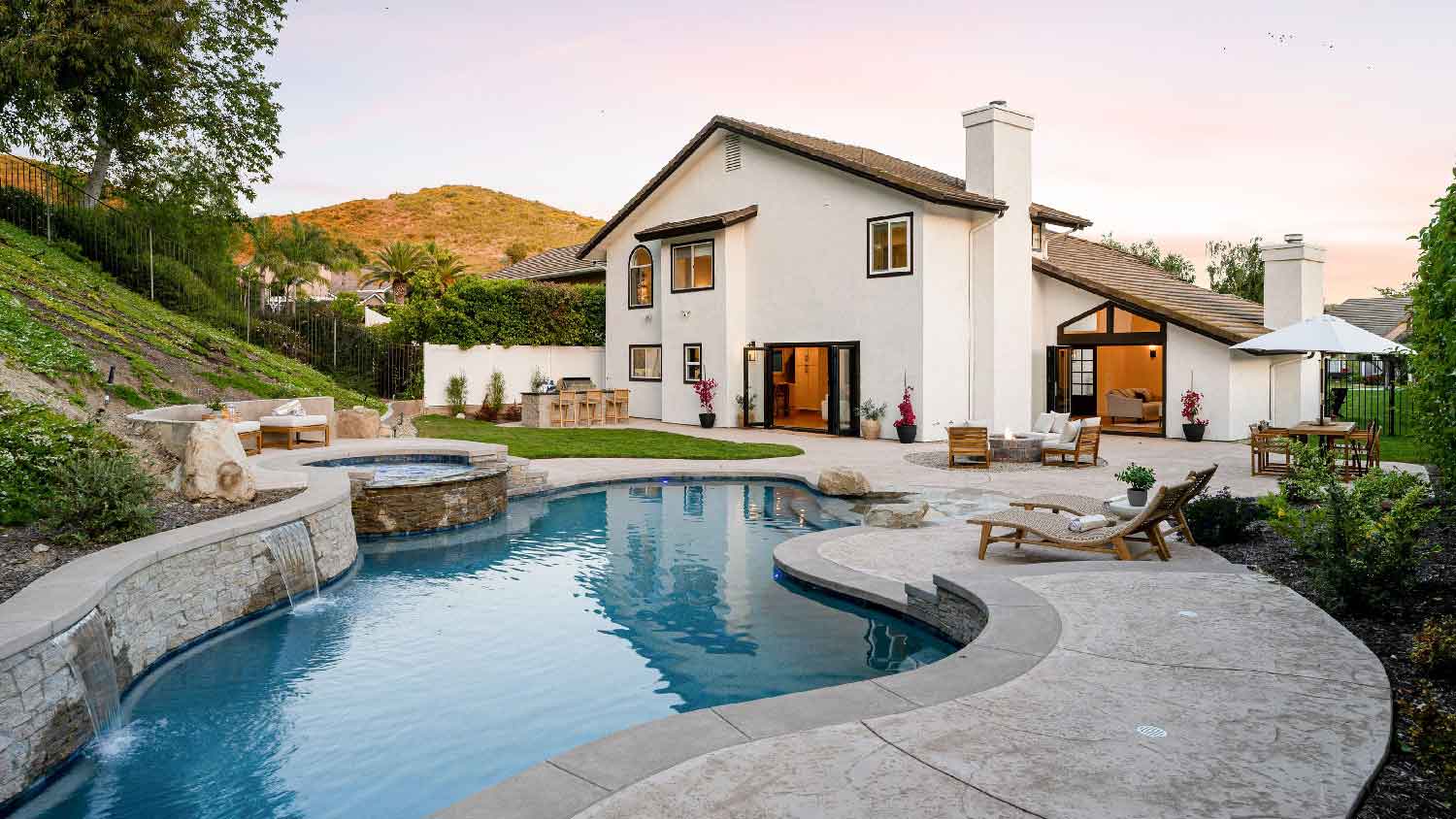
Pools don’t hold chlorine if there’s organic matter, debris, or chemical imbalances. Keep reading to find out why your pool is not holding chlorine.
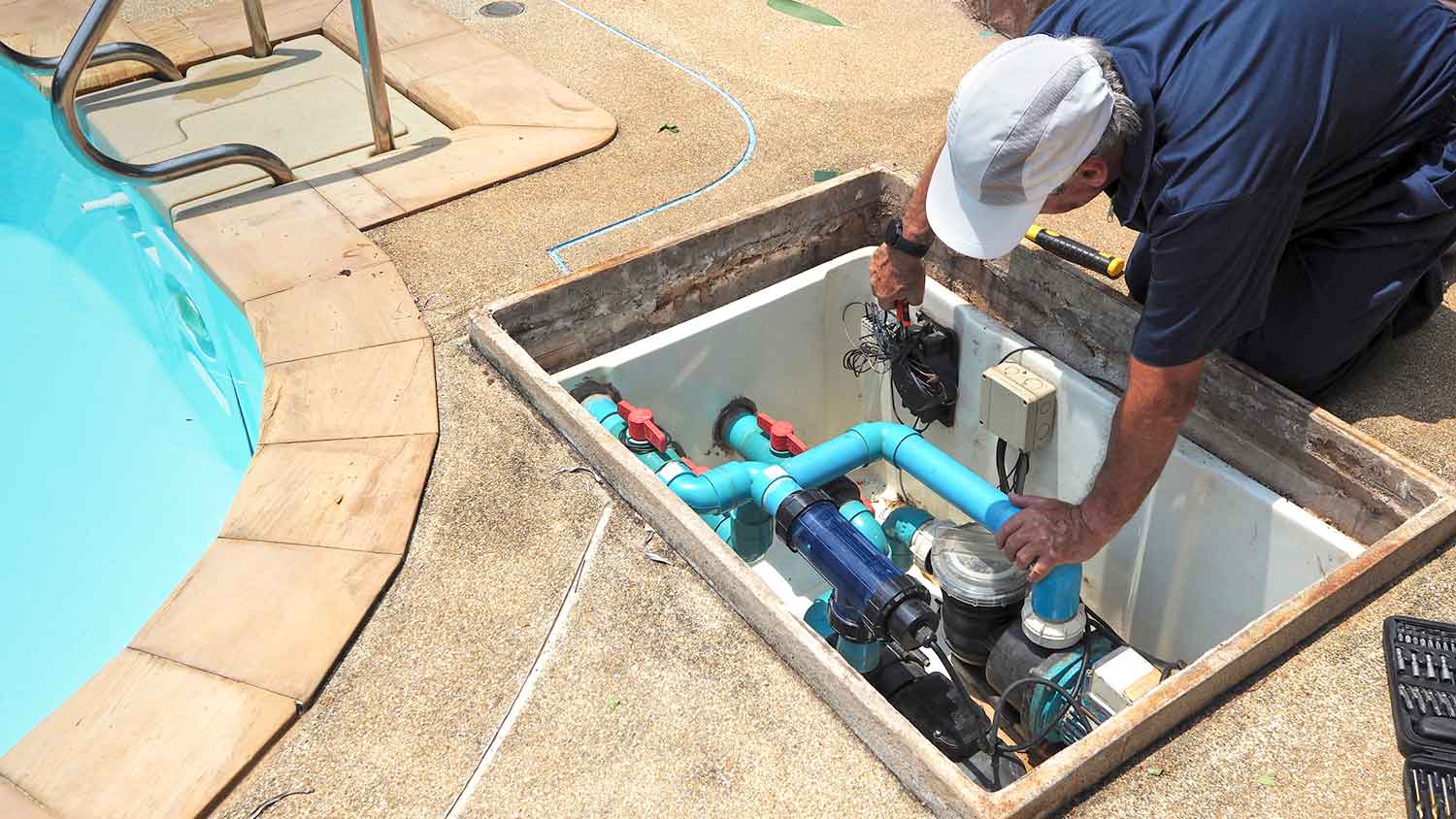
Find out the average pool pump repair cost, key price factors, and ways to save. Get expert tips to budget for your pool pump repair.
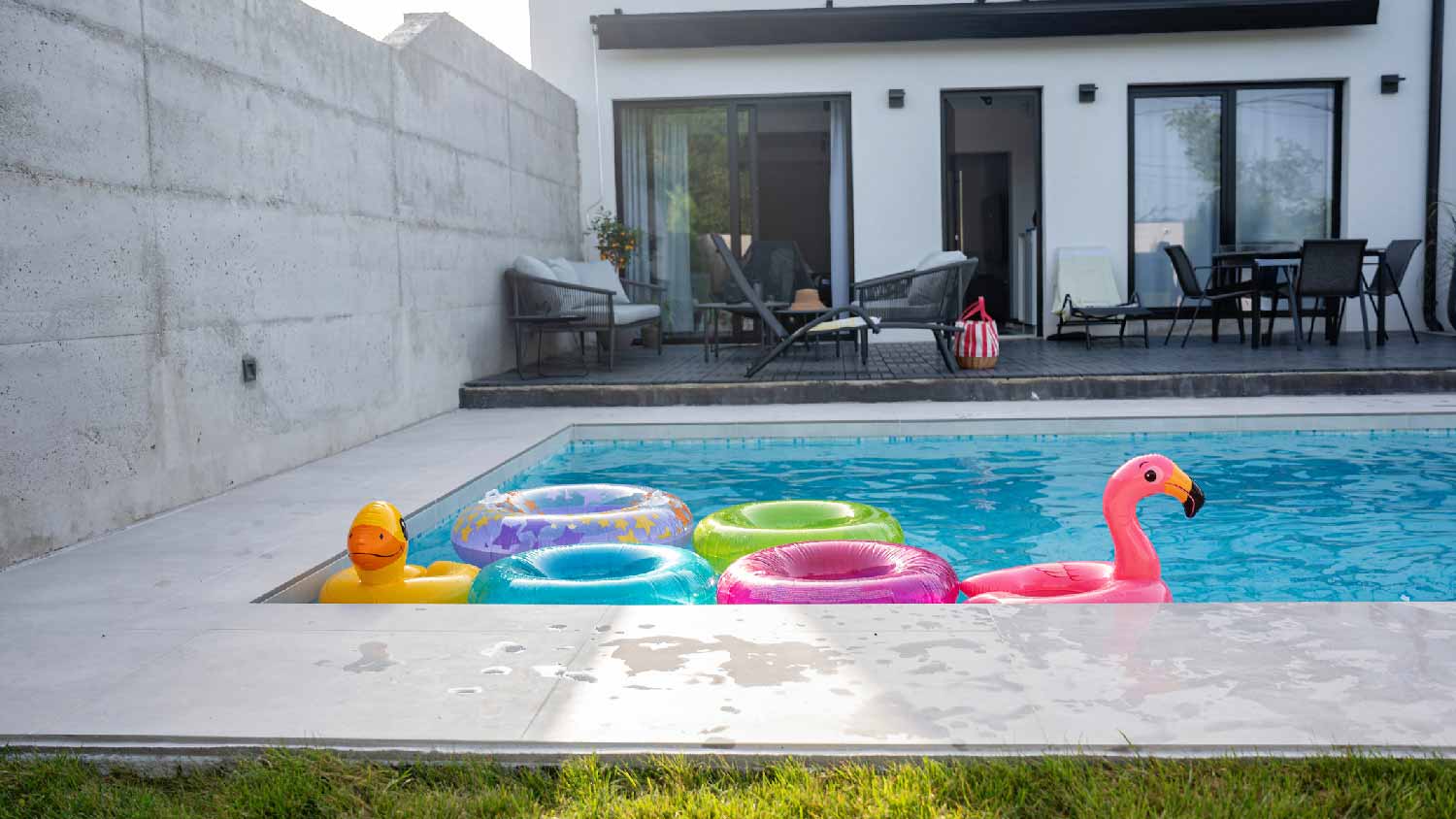
Why is there sand in my pool? Often, it’s due to a broken sand filter, but there are other common causes as well. Here’s how to identify and fix the problem.